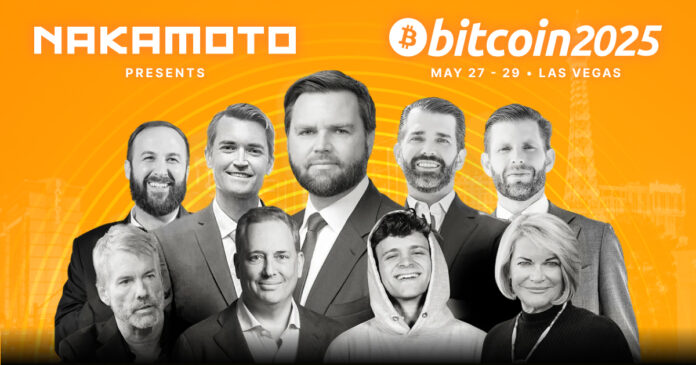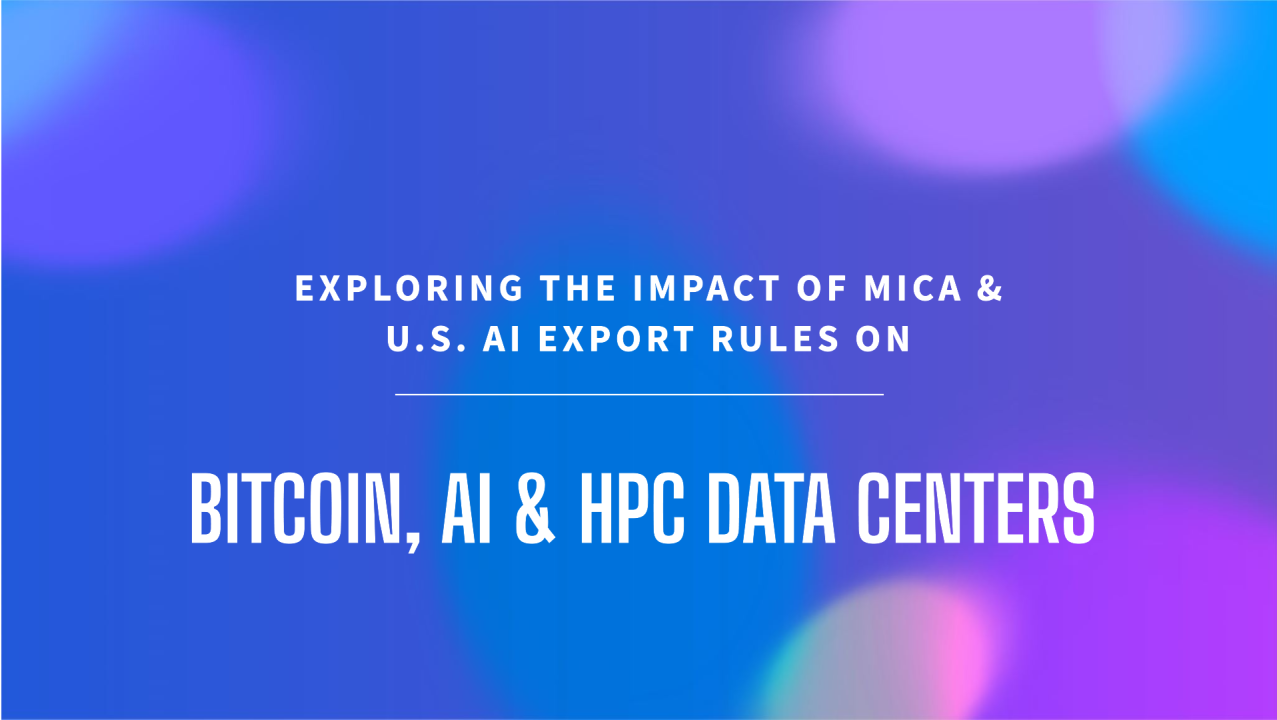We asked ourselves the following questions: how can blockchain benefit from more Web 3.0 companies adopting a “Circular Approach” or how can a Circular Approach benefit from blockchain technology?
Blockchain technology and the “Circular Approach” of Web 3.0 companies have a lot in common. Both aim to create a more sustainable, efficient, and equitable future, and both have the potential to revolutionize the way we do business. In this article, we will explore how these two trends can work together to create a more sustainable and equitable future.
The “Circular Approach” is a philosophy that emphasizes the importance of creating closed-loop systems in which resources are conserved and reused. In a circular economy, waste is minimized and resources are kept in use for as long as possible. This approach is particularly relevant to Web 3.0 companies, which aim to create a more decentralized and autonomous web where users have more control over their data and assets.
Blockchain technology is a perfect fit for this approach, as it enables the creation of secure, decentralized networks that allow for the tracking and transfer of assets. With blockchain, we can create a transparent and secure ledger of all transactions that occurs within a network, making it easy to track the flow of resources and ensure that they are being used efficiently.
The application of the circular approach in blockchain technology can also lead to more sustainable and efficient systems. Blockchain’s decentralized and transparent nature can support the implementation of a circular approach by enabling secure and traceable record-keeping of the lifecycle of resources, products, and materials.
Some ways that blockchain technology can support a circular approach include:
- Traceability: Blockchain technology can enable the tracking of materials and products from their source to their end-of-life, providing transparency and accountability in supply chains.
- Decentralized Waste Management: Blockchain-based solutions can be used to manage decentralized waste management systems, where waste is collected, sorted, and processed in a decentralized manner.
- Product-as-a-Service Models: Blockchain can support product-as-a-service models, where products are used, maintained, and eventually returned to the manufacturer, who is responsible for their disposal or recycling.
- Circular Marketplaces: Blockchain technology can support the development of circular marketplaces, where individuals and organizations can trade and exchange resources and materials in a closed-loop system.
- Carbon Credits: Blockchain can be used to securely and transparently track carbon credits and carbon offset programs, supporting the transition to a low-carbon circular economy.
The combination of blockchain and the Circular Approach offers numerous benefits. For example, blockchain can help to increase the transparency and accountability of supply chains, making it easier to track the origin and movement of resources. This can help to reduce waste and promote sustainable practices throughout the supply chain.
Another benefit of this combination is that it makes it easier to create new business models that are based on the Circular Approach. For example, blockchain can be used to create a marketplace for the exchange of resources, such as water, energy, and materials. This marketplace would allow individuals and companies to sell their unused resources to others who need them, reducing waste and promoting efficiency.
Finally, the combination of blockchain and the Circular Approach can also help to create a more equitable future by providing everyone with access to the resources they need. This is particularly important in developing countries, where many people lack access to basic resources such as water and energy. With blockchain, these resources can be managed and distributed in a more efficient and equitable manner.
In conclusion, the synergy between blockchain and the Circular Approach of Web 3.0 companies offers a powerful solution for creating a more sustainable, efficient, and equitable future. By combining the strengths of these two trends, we can create a world in which resources are conserved, waste is minimized, and everyone has access to the resources they need.
![Circular Approach Serie – 2 [comp]](https://grn-energy.com/wp-content/uploads/2023/02/Circular-Approach-Serie-2-comp.jpg)









